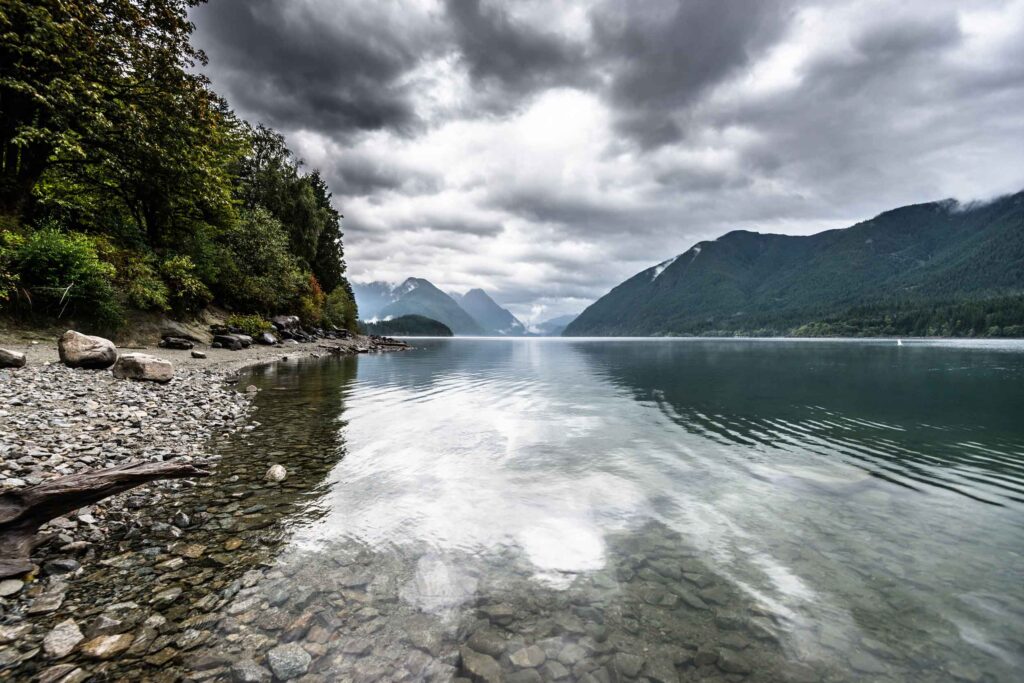Many materials that are used to package your favourite consumer products can be recycled again and again. From your shopping basket, to your blue box or cart, and back to your shopping basket, what happens to your recycling?
Step 1: Collected at curbside, multi-family dwellings, or depots
When you set your materials out at curbside, take them to your multi-family recycling location or to a depot, they are collected by a specialized truck that transports your packaging and printed paper to a recycling facility. These trucks are designed for efficient collection. Some have automated arms, compaction systems and even the ability to collect other waste types in separate compartments.
Step 2: Transported to a material recovery facility (MRF)
Materials are transported to a receiving facility then to a material recovery facility (MRF), or directly to a MRF, either single stream (unsorted) or multi-stream (sorted). Glass is separated upon collection to prevent contamination. The materials are unloaded in bulk and put onto a conveyor belt where they enter the sorting process.
Step 3: Material is sorted
The materials to be recycled travel along a series of conveyor belts where non-recyclable items are first manually removed. The process then continues using equipment such as rotating drum screens, magnetic separators, optical sorters and air classifiers to separate the different materials into their specific designated categories.
Step 4: Material is baled with similar materials
Sorted materials continue along conveyor belts for a final quality control clean-up before landing in their own storage areas as sorted materials. These sorted materials, such as specific types of plastics, aluminum cans, steel cans, newspaper, cardboard, etc. are then baled together with like materials and staged for sale and shipping to end markets.
Step 5: Converted into raw materials and recycled into new products
Once a full truck load of each sorted and baled material is ready, they are shipped off to end markets and processed into new raw materials. Many materials are pelletized or shredded but some are spun into fibre or crushed into fine particles. These raw material commodities are sold to manufacturers and turned into new products!
Many materials are recycled back to their original purpose, like plastic bottles and paper products – closing the loop of the product’s life cycle. Others are transformed into completely new products like furniture, car bumpers and shelving. Some materials, such as steel and aluminum cans, have no limit to the number of times they can be recycled back into new materials.
Recycling materials reduces the need to use virgin raw materials.




